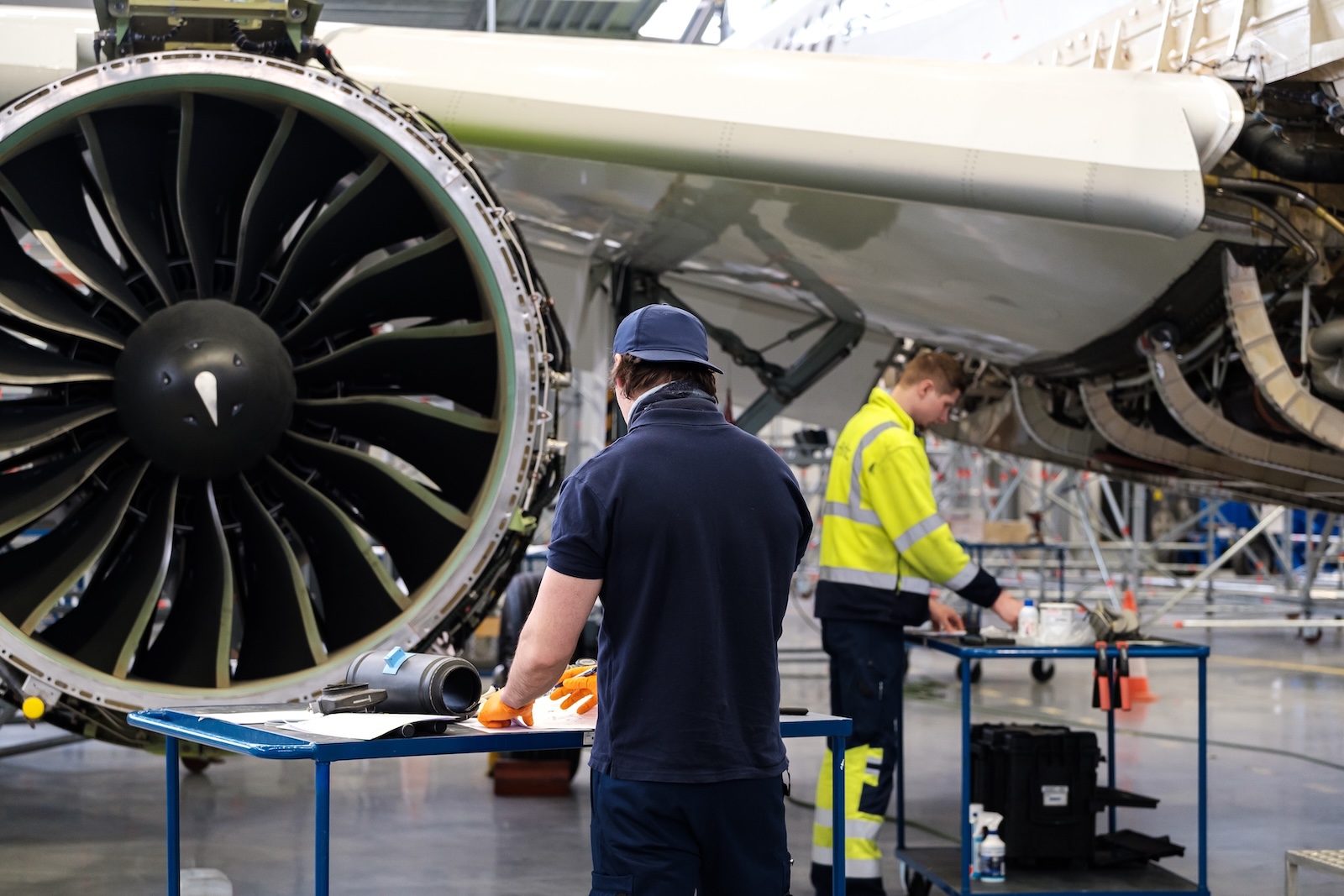Global Demand for Commercial Aviation Jobs is Expected to Reach 2.4 Million by 2044
Boeing has released its annual 2025 Pilot and Technician Outlook, highlighting a significant increase in the demand for commercial aviation professionals over the next two decades. The report estimates that nearly 2.4 million new jobs will be created in the commercial aviation sector by 2044. This surge in demand is driven by the expansion of global air travel, fleet growth, and the need to replace workers who leave the industry.
According to Boeing, airlines will need to hire approximately 660,000 pilots, 710,000 maintenance technicians, and 1 million cabin crew members to meet ongoing personnel needs. The company emphasizes that these figures are based on continued growth in air traffic and the expansion of the global aircraft fleet.
The North American aviation industry is particularly affected by a projected shortage of aircraft maintenance technicians through 2028. This shortage underscores the importance of workforce development initiatives and investment in training programs to ensure the industry can maintain safety and efficiency as it grows.
Chris Broom, vice president of commercial training solutions for Boeing Global Services, highlighted the role of technology in addressing these challenges. “As commercial air traffic demand continues to outpace economic growth and the global fleet expands to meet demand, our industry will keep the fleet safely and efficiently by supporting workforce development for carriers worldwide,” he said in a news release. “The industry is investing in technologies, including mixed reality—an immersive blend of physical and digital environments that enhances hands-on learning and situational awareness.”
Boeing is also supporting customers with digitally advanced aviation training products and services to meet their evolving needs. The company’s approach remains rooted in competency-based training and assessment methodologies, which ensure high-quality aviation training across the globe.
Key Drivers of Workforce Growth
A significant portion of the new personnel needed will be required to replace workers who leave the industry due to attrition. The report indicates that two-thirds of the new hires will be needed to address this replacement demand through 2044. This trend is largely influenced by the increasing reliance on single-aisle airplanes, which are expected to dominate the global fleet.
Geographically, Eurasia, China, and North America continue to lead in the demand for new commercial aviation personnel. These regions account for more than half of the total job creation. However, South Asia and Southeast Asia are expected to see the fastest growth, with staffing needs tripling in those areas.
In North America, Boeing projects a need for 119,000 new pilots, 123,000 new technicians, and 193,000 new cabin crew over the next 20 years. China is anticipated to require 124,000 new pilots, 131,000 new technicians, and 171,000 new cabin crew during the same period.
Eurasia will have the largest demand for new personnel, with a total of 550,000 positions expected to be filled by 2044. This includes 149,000 new pilots, 165,000 new technicians, and 236,000 new cabin crew.
Technological Innovation and Training Solutions
To meet these growing demands, Boeing is focusing on developing and deploying advanced training solutions. The use of mixed reality technology is playing a key role in enhancing training effectiveness. By combining physical and digital environments, this technology allows trainees to gain hands-on experience in a controlled, immersive setting.
In addition to technological advancements, Boeing is emphasizing the importance of quality training programs that align with industry standards. Competency-based training ensures that all aviation professionals are equipped with the necessary skills and knowledge to perform their roles effectively.
As the aviation industry continues to expand, the need for skilled workers will only grow. With strategic investments in training, technology, and workforce development, the industry is well-positioned to meet the challenges of the future and sustain its growth.







